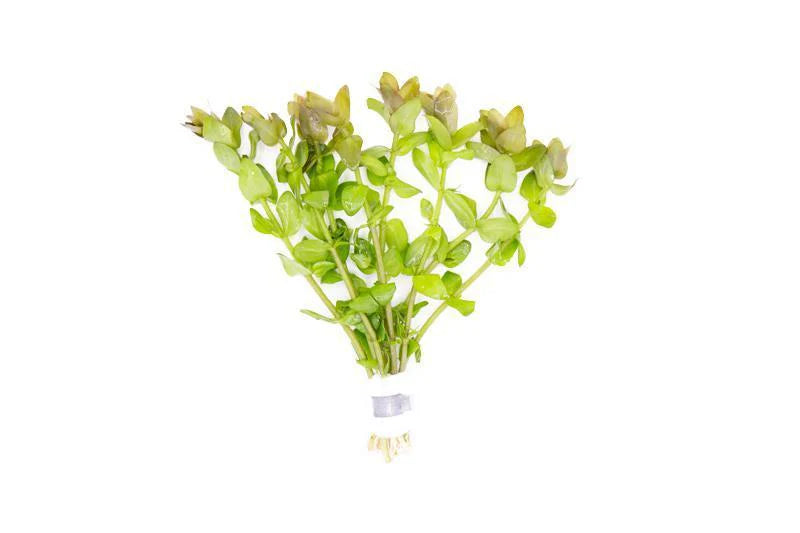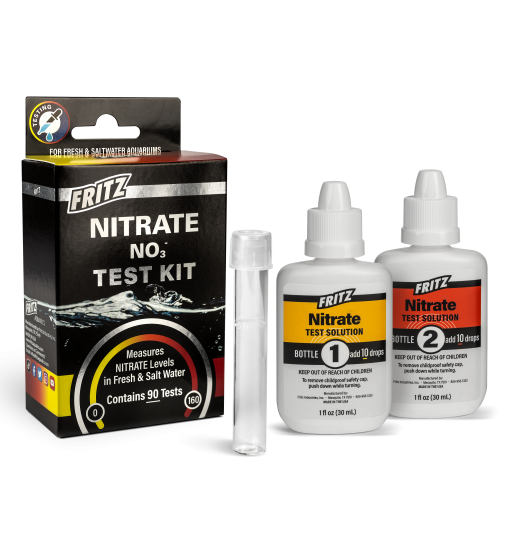This offer is valid for online purchases only, not valid at in-store location.
Bristlenose Pleco
-
Tank Size: Provide a tank of at least 25-30 gallons for a single Bristlenose Pleco. Larger tanks are preferred for multiple individuals.
-
Water Parameters: Maintain stable conditions with a temperature range of 73-82°F (23-28°C), a pH level of 6.5-7.5, and moderately hard water. Ensure good water quality.
-
Filtration: Effective filtration is essential for water quality, given their voracious appetite and production of waste. A canister or sponge filter is recommended.
-
Aquascape: Include driftwood and caves in the tank for hiding and grazing. Bristlenose Plecos also appreciate some vegetation, like broad-leafed plants.
-
Tank Mates: Bristlenose Plecos are generally peaceful and can coexist with a variety of community fish. They are effective algae eaters and help with tank maintenance.
-
Diet: They are herbivores, primarily feeding on algae and biofilm. Supplement their diet with high-quality sinking algae wafers, blanched vegetables (e.g., zucchini or cucumber), and occasional protein-based foods.
Share some information about your product
-
Tank Size: Provide a tank of at least 25-30 gallons for a single Bristlenose Pleco. Larger tanks are preferred for multiple individuals.
-
Water Parameters: Maintain stable conditions with a temperature range of 73-82°F (23-28°C), a pH level of 6.5-7.5, and moderately hard water. Ensure good water quality.
-
Filtration: Effective filtration is essential for water quality, given their voracious appetite and production of waste. A canister or sponge filter is recommended.
-
Aquascape: Include driftwood and caves in the tank for hiding and grazing. Bristlenose Plecos also appreciate some vegetation, like broad-leafed plants.
-
Tank Mates: Bristlenose Plecos are generally peaceful and can coexist with a variety of community fish. They are effective algae eaters and help with tank maintenance.
-
Diet: They are herbivores, primarily feeding on algae and biofilm. Supplement their diet with high-quality sinking algae wafers, blanched vegetables (e.g., zucchini or cucumber), and occasional protein-based foods.
Share some information about your product









